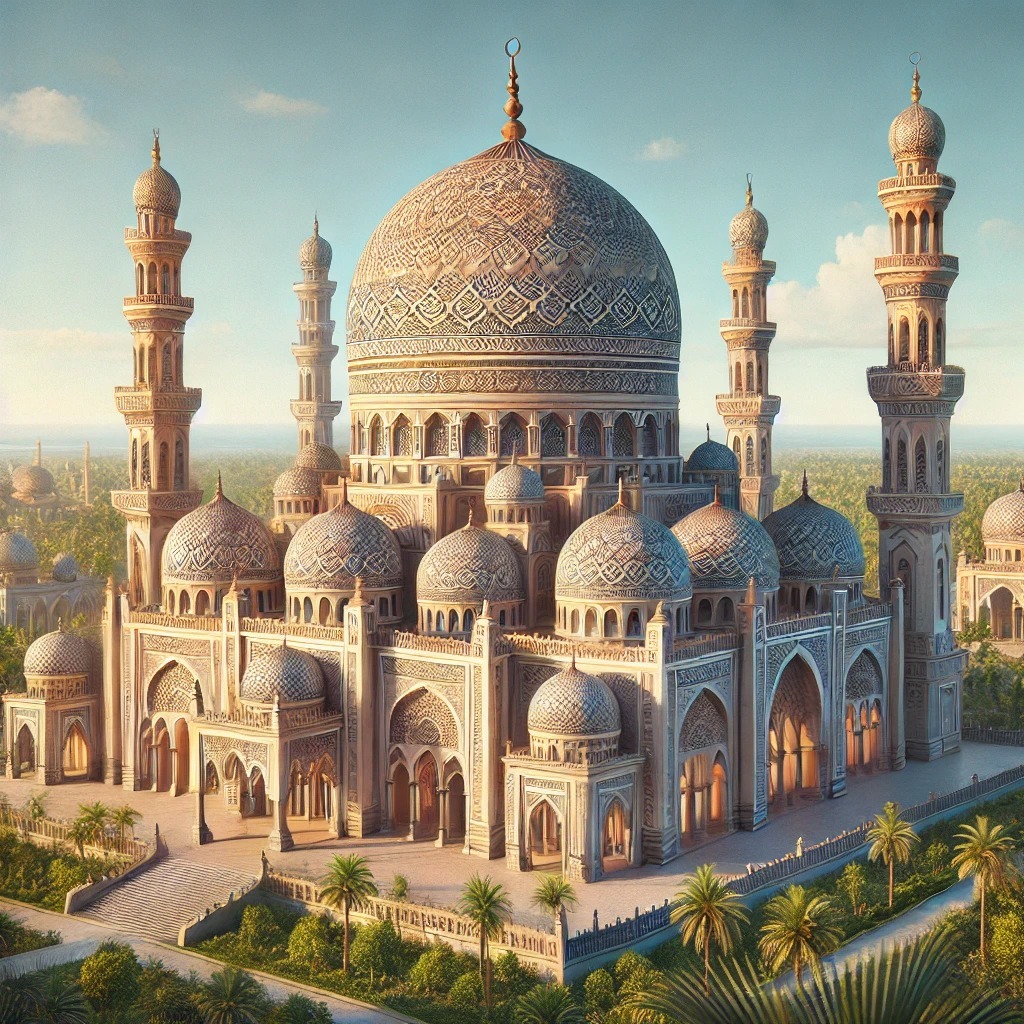


Gulzar Masjid, nestled in the quiet residential enclave of Gulzarnagar in Bareilly, Uttar Pradesh, stands as a modest yet cherished local mosque serving the spiritual needs of its surrounding Muslim community. Constructed in the mid-20th century amid the post-independence era's urban expansion, it embodies the unassuming architectural simplicity typical of neighborhood places of worship in northern India. With its clean lines and functional design, the mosque facilitates daily prayers and communal gatherings, offering a serene oasis in a bustling locality known for its connectivity and everyday vibrancy.
In the heart of Bareilly—a city steeped in the layered history of Rohilkhand, where Mughal influences once intertwined with local Rohilla Pathan legacies—lies Gulzar Masjid, a humble testament to the enduring fabric of everyday Islamic devotion in Uttar Pradesh. Unlike the grand imperial mosques of Delhi or the revered Sufi shrines dotting the landscape of northern India, such as the iconic Dargah Ala Hazrat in Bareilly itself, Gulzar Masjid represents the quieter, grassroots evolution of Muslim sacred spaces. Emerging in the mid-20th century, during a period when India's newly independent urban fringes were rapidly transforming through planned residential colonies, this local mosque was likely erected to accommodate the growing needs of the burgeoning Muslim populace in Gulzarnagar. Bareilly's Islamic heritage traces back to the 18th century, when Rohilla chieftains established the region as a stronghold of Pashtun Muslim culture, fostering a mosaic of mosques, madrasas, and dargahs that reflected both Persianate grandeur and indigenous adaptations. By the early 20th century, as the city navigated colonial transitions and post-Partition migrations, neighborhoods like Gulzarnagar began to coalesce around essential community anchors. Gulzar Masjid, named evocatively after the Persian word for "garden of flowers" (suggesting a place of blooming faith and tranquility), was constructed around the 1950s, a time when India's urban Muslims were rebuilding lives amid national reconstruction. This era saw a surge in modest congregational mosques, often funded through community waqf contributions or local philanthropy, prioritizing functionality over opulence. Architectural records from the period indicate that such structures typically featured unadorned brick facades, arched mihrabs, and simple minarets—hallmarks of pragmatic Indo-Islamic design suited to semi-rural extensions like Gulzarnagar. Geographically, the mosque occupies a pivotal spot in Gulzarnagar, a locality spanning approximately 0.96 square kilometers and home to over 16,000 residents, with a notable Muslim demographic. Perched at coordinates 28.35645°N, 79.44199°E, it sits just a short distance from key transport nodes, including the Bareilly Junction Railway Station (about 5-6 km away) and the Satellite Bus Stand, facilitating easy access for the faithful from across the district. The pincode 243005 underscores its integration into Bareilly's postal and administrative grid, linking it to the broader Bareilly City sub-post office network. Surrounded by modest homes and small markets, the mosque's courtyard likely serves as a multifunctional space for not only the five daily salah but also Ramadan taraweeh prayers, Eid congregations, and informal community iftars—fostering the social cohesion that defines local masjids as vital neighborhood institutions. Though lacking the ornate calligraphy or intricate jaali work of more prominent sites like the 17th-century Jama Masjid in Bareilly's Qila area, Gulzar Masjid's significance lies in its role as a living repository of lived piety. It quietly upholds the traditions of Sunni Hanafi Islam prevalent in Uttar Pradesh, where mosques have long been centers for Quranic recitation and moral discourse. In an era of rapid urbanization, it remains a bulwark against anonymity, drawing families from nearby colonies like Pawan Vihar and Aakash Puram for Friday jumu'ah sermons that echo themes of unity and resilience—core to Bareilly's Rohilkhandi Muslim identity. For historians of vernacular religious architecture, the mosque offers a glimpse into the democratized spread of Islamic spaces post-1947, when community-led initiatives supplanted royal patronage, ensuring faith's accessibility in everyday locales. Today, Gulzar Masjid endures as a symbol of continuity in Bareilly's diverse religious tapestry, where Islam's footprint—evident in everything from Sufi urs celebrations to architectural echoes of Mughal minimalism—coexists harmoniously with the city's Hindu-majority ethos. Visitors seeking an authentic slice of local devotion will find in its unpretentious prayer halls a profound reminder: that history's grand narratives are often sustained by the steadfast rhythm of ordinary sacred sites.
Year of Built: Not Available
Address: 9C5W+9G4, Gulzar Nagar, Bareilly, Uttar Pradesh 243005
Country: India
State: Uttar Pradesh
District: Bareilly
Pincode: 243005
Longitude: 79.44199°E
Latitude: 28.35645°N